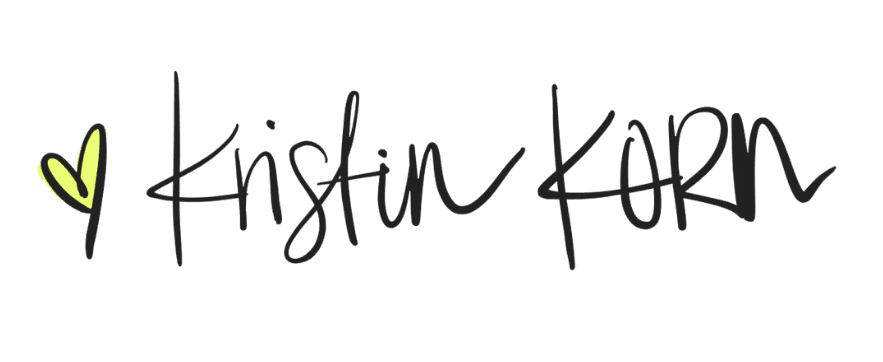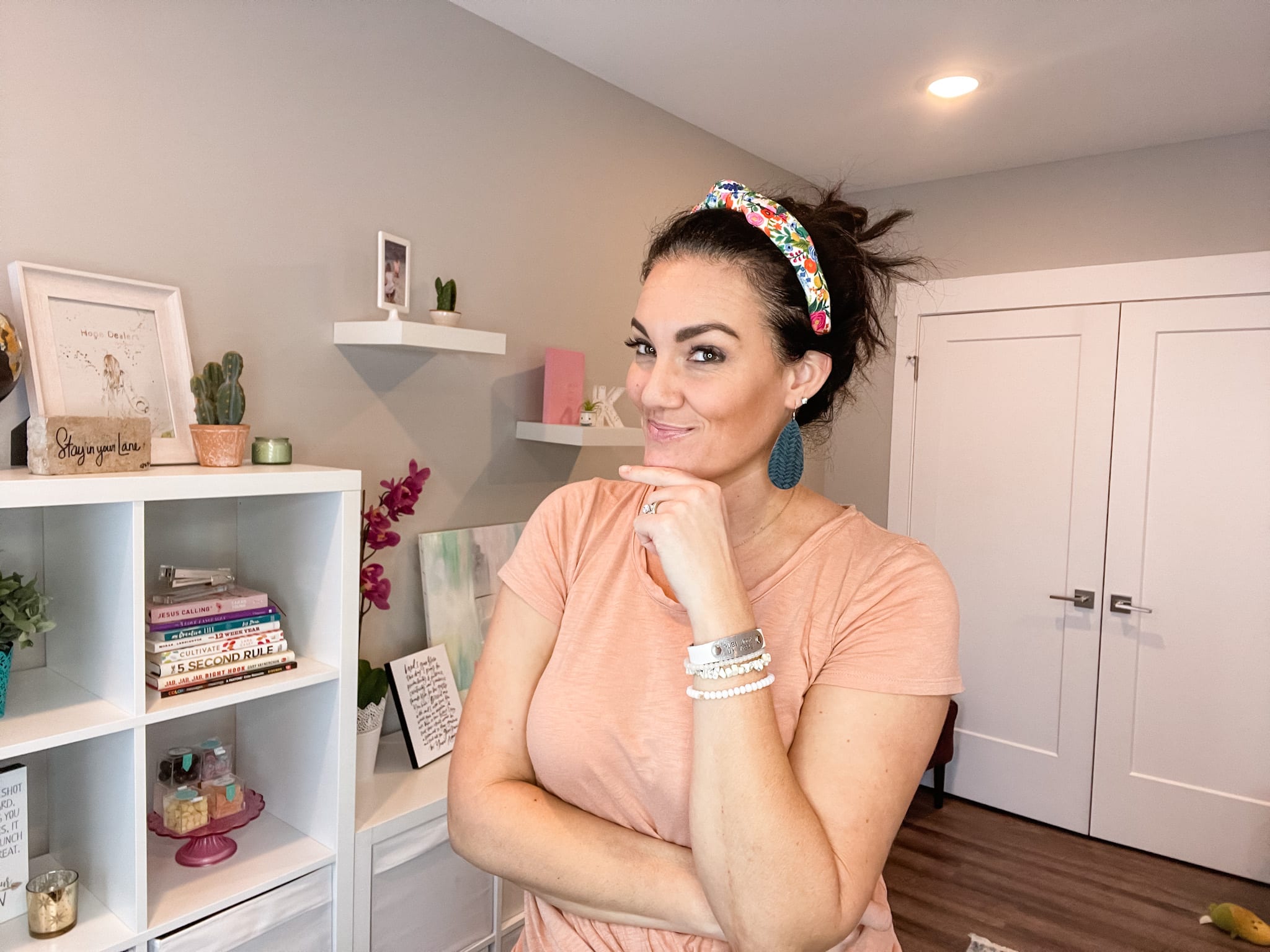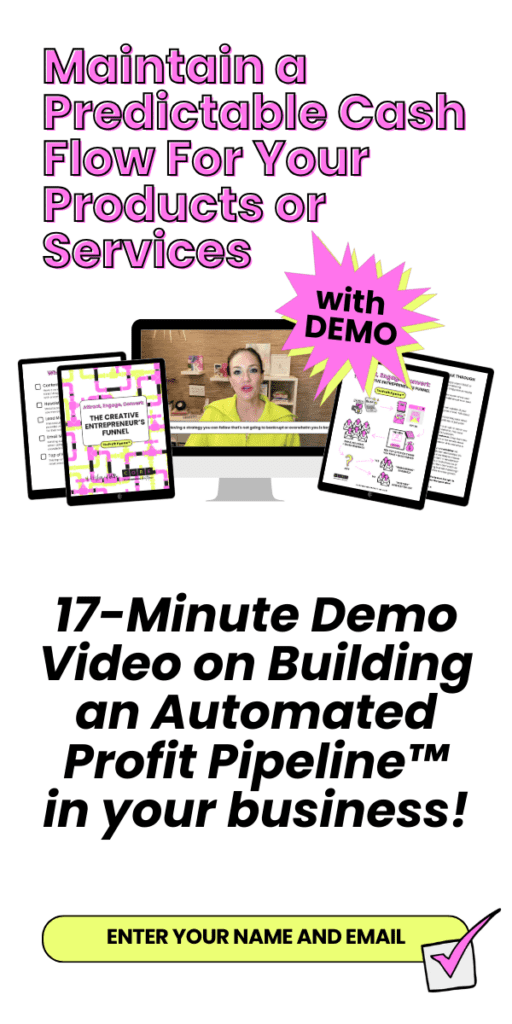Listen here
Podcast Show Notes
Instead of product pushes and vomit, would you rather use content that can attract, influence, and convert? If you’re listing the features of your product, you’re doing it all wrong. Inside this article, I share how using a value story may just be the missing content strategy you need to scale your business and sell more products. Plus a FREE Framework Download Swipe File!
Content Marketing: Let’s start here
So you’ve heard that to sell more products you need to tell a story. But what exactly does that mean? Do you need to tell a story of how a product is used, how you came to use the product, or what exactly?
So I’m going to cover that but first I want to remind you of something. People don’t buy what you are selling, they buy what that thing will do for them. They buy a transformation.
Think about your buying habits. Every product you purchase is to help you do something better, look better, or get better results with something.
So let’s start there.
SETH GODIN says “Marketing is no longer about the stuff that you make, but about the stories, you tell.”
Value Story: The missing content you need
So if you haven’t heard about The Value Story yet – this may just be the missing content strategy you need to scale your business and sell more products.
As Kindra Hall writes in her book Stories that Stick – “The first gap in business is the value gap. It’s the gap between the problem and the value of the solution. The gap between the product and the value to the customer. The most important gap any business needs to bridge is the gap between what they offer and the people who, whether they know it or not, need it. To capture the attention of buyers, to convince them that, yes, this is the solution, and eventually to transform them into repeat users, customers, buyers, believers. When it comes to sales and marketing, the value story is king. And the value of a value story starts in psychology and spans the full spectrum of why we say yes.”
What I did wrong
So many times when I was trying to come up with content for the products I sold as a direct sales rep I would mention features and functions of our products. I’d talk about the advanced ingredients our products had and use fancy words like efficacy and proprietary.
But who was I kidding – before starting with that company I couldn’t even pronounce those words correctly. So I doubt my audience cared either.
I was certainly complicating my marketing message way more than needed to be. I wasn’t using a Value Story. Instead, I was straining my audience’s brain with all these un-needed phrases.
I should’ve been making it easier for my audience to understand the value of my products.
Insert a Value Story
So remember when I said people don’t buy the thing. They buy what that the thing will do for them. Well, in order for them to do that you have to tell them a story. That story is a value story.
The purpose of the Value Story is to convince customers they need what you provide. When you use characters, emotions, and details, people can envision themselves owning and using your product.
As an example in the book, Kindra says “The value of a weight-loss program is so much more than the food you’re supposed to buy or the trainer you’re supposed to hire. The value of a weight-loss program is measured in renewed confidence, in rekindling depleted passion, in energy to do what you love.”
How value is measured
The value is measured by what people do with the hours or money they save, the energy they’ve gained, the confidence they’ve increased, the relief they feel, the passion they now have, or the dreams they get to fulfill.
Yes, your product may have great features and benefits… but dig into those benefits to really understand their value. WHY do they matter. Literally, ask yourself?
Why does it matter to your customer that your cleansing bar has shea butter in it to help them with dry skin?
Features
People don’t care about your features… which is a list of things your product has or is… such as shea butter.
Benefits
They care more about the benefits – the outcomes or results that customers will (hopefully) experience by using your product or service.
Using the cleansing bar, for example, the benefit is being able to cleanse your body without stripping or drying out your skin.
So with the benefits in mind – create your value story. Don’t talk at people talk to people.
- Why does your customer care about dry skin?
- What can’t they do because they have dry skin?
- How do they feel because they have dry skin?
This always goes back to the work you do inside your Core Foundation and understanding every pain point and limiting belief of your ideal client. I say this time and time again but you cannot scale a business without understanding who your ideal client is and who they aren’t. It’s about choosing a sliver of a niche audience and continuing to research more and more about them.
If you’ve not done this leg work yet, start here with the Personal Branding Playbook to discover your core foundation.
It’s not about the product – everyone makes a bar of soap. Forget the product, what’s the problem?
This forces you to focus on the customer. Which I doubt you rarely have done much of. You’ve been too busy talking about how great and superb your products are.
I know because I was guilty of this also.
Writing Content: A person needs you
Remember on the other side of your website copy, Instagram post, or blog article is a person with a problem. A person who needs you to solve that problem. A person who needs a story to captivate them. When you can assure them your solution is the right one you’ll turn them into a believer.
Telling a story isn’t the easiest route but it’s 100x more effective at gaining product sales than rattling off lists of features and benefits.
Every time you write content – include a story. Mention the pain points (which are the problems) of your customer (who is the identifiable character) is having. Lastly, finish the story of how the customer feels when their problem is solved.
Ep 39: How To Stand Out When You’re All Selling The Same Thing
Storytelling Framework
Kindra includes a breakdown of the storytelling framework that I will be including in the show notes for this episode. But she explains it like this. “A customer or prospect has a pain or a problem. They’re struggling with it, they’re dealing with it, they’re trying to figure out a better way. Normal. Then you or your company comes along. The customer engages with your product or solution or service. Explosion. Now, life is better. The pain is cured, the problem is solved, and the customer is so much better off than before. New normal.”
Value Story Components
So to keep this simple, here are the 4 components that need to appear in every one of your value stories to sell more products.
PIN THIS IMAGE!
1 – Identifiable Characters
This isn’t the product – this is the person to who you are offering the product. Include simple details about the character – age, a personality trait, a physical characteristic, a profession, or a specific thing they wear. This allows your reader to connect deeper to the content.
And honestly, the product doesn’t even need to ever be mentioned. All the reader needs to understand is the product changed the course of the identifiable character’s life and, subsequently, how it could change our own.
2 – Authentic Emotion
This is sharing your ideal client’s daily problems. I do this with my 1:1 clients and I have them journal a day in the life of their ideal client. From the time they awake to the time they go to bed – what are all the limiting thoughts going on in their minds.
- What keeps them awake?
- What problem are they staring at the ceiling and trying to solve but can’t?
- What issue is worrying them, concerning them, stressing them out?
- Once you know that, then the next step is how do you fix that feeling?
These are NOT your feelings – these are only the emotions of your identifiable character – which is your ICA.
3 – A Moment
While including a character and emotion will help to allure the audience into the picture, the best value stories include a specific moment in time the audience can see vividly and clearly.
This is not a vague moment – this should be a noticeable shift signifying a change. This moment shows the character going along as normal, then suddenly, at this moment, things changed. This is the moment their solution is discovered by your product or service. The real value is realized.
4 – Specific Details
It may sound a little creepy but get specific about the details surrounding the character of the story who is your ideal client. As Kindra says, “Each specific detail you include builds a scene that looks and feels familiar to the audience, and in doing so, they will say to themselves, “They get me.” This is where your ICA research comes in handy!
Sell More Products: In Closing
So in closing, a value story can flip what used to be product pushes and product vomit into content that can attract, influence, and convert. It can illustrate the value of your products in a way nothing else can.
No matter who you are or what your story is, when you shift your focus to the people you want to serve and relieve the pain they might feel or want to avoid, you’ll stop having to wonder why your marketing seems stuck or ineffective.
No matter how big or small your business is when you use a value story for your offering you’ll gain more sales (sell more products!) with better marketing.
Whenever you’re ready, here are 3 ways I can help you:
- Build a Continuous Flow of New Clients Using This Simple Profit Pipeline™ – HERE!
- Turn Your Chaos Into Clarity in Just 90 Minutes with this One Call – HERE!
- Obtain the Support System You Need Inside Our Coaching Group – HERE!
Since I share awe-inspiring resources and must-have products for business builders like you who want to streamline their business – my content may contain affiliate links for products I use and love. If you take action (i.e. subscribe, make a purchase) after clicking one of these links, I’ll earn a small commission. While it has no effect on your pricing, it’s my responsibility to let you know that an income (however small or large it may be) is made from recommending products I love, use, and share with other awesome people like yourself. With your support, I’m able to commit time to this blog and to each of you on your journey!





